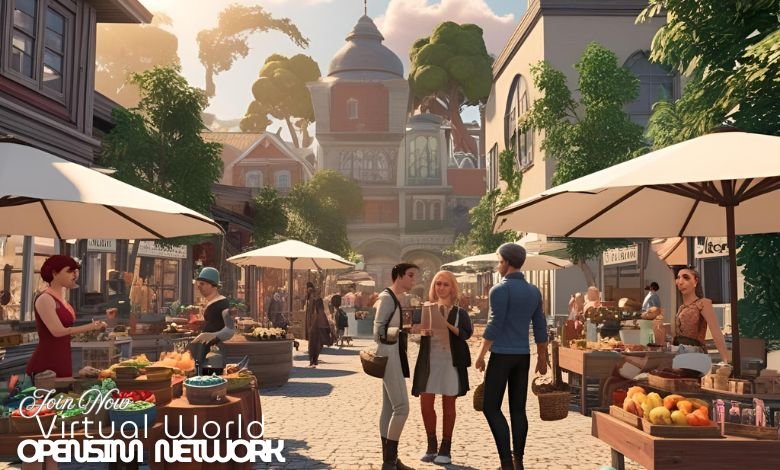Digital Foundry Says Switch 2 Running Switch Games At 4K Is “Quite The Thing” In Performance Breakdown

Those incredibly clever specs-machines over at Digital Foundry have been hard at work breaking down all the juicy technical details in the wake of Nintendo’s Switch 2 Direct, and the news is good for fans of things that are more powerful than the things that preceded them. That’s everyone, right?
Richard Leadbetter, tech editor over at Digital Foundry, said that he’d expected Nintendo to gently evolve, rather than stage any sort of revolution, but that they’d showed they were still capable of surprises. Starting with the console’s new screen, he went on:
“The display may be LCD in nature, but in every other spec point, the firm has delivered. First of all, there’s the inclusion of HDR – transformative to a game’s presentation as any one with a decent TV or even Steam Deck OLED can attest. The potential here is considerable and could have industry-wide ramifications: a mainstream console ships with an HDR display as standard, which should – in theory, at least – guarantee take-up of the feature.”
Leadbetter then mentions 120hz and VRR support, saying that Variable Refresh Rate in particular could help lift games from 30fps to that much smoother 40fps sweet spot, which has so often been a nice middle ground, even on some new PS5 and Series X games.
It really is great — and a bit strange — to see a Nintendo console supporting all of this new tech, actually getting with the times, even if, as Digital Foundry says, we need to remember it’s still a fairly underpowered piece of mobile tech. You can’t ruin our hype, Richard!
Some other points that we picked out from Digital Foundry’s excellent video, which you can watch in full above, are as follows;
- The battery is less powerful than that found in a Steam Deck, suggesting the APU on the Switch 2 will consume very little power, compared to the Steam Deck when running core programs. Leadbetter says it will be a challenge to run AAA games on a roughly 10-watt power overhead. It will therefore mean devs really digging into Switch 2 to draw the best from it:
“…bespoke game integrations from developers are going to be key in getting decent mobile experiences – but to be clear, running triple-A fare on a 10W power budget is going to be quite the challenge! We didn’t see much mobile footage in the presentation (but we did catch a glimpse of Cyberpunk 2077 which operated at 960×540 in the tiny amount of content we did see) but I’m reasonably confident that the handheld experience should pan out – not least based on the absolute miracles we’ve seen over the years on the original Switch.”
“Perhaps a little more ambitious with a native 1080p rendering resolution. 60fps is maintained with only occasional drops based on this preview footage, but it’s clear that both the improved CPU and GPU are being asked to do a whole lot more based around the physics on display.”
“…the footage we saw from what must be the docked mode rendered at 1440p resolution – albeit with no visible anti-aliasing. We’re also hearing reports from the hands-on event happening right now that there’s a 1080p mode that runs at 120fps.”
- Switch games boosted with special editions on Switch 2 represent a 5.12x boost to pixel throughput.
- Ray-tracing tech is built into the Switch 2’s T239 processor, but they saw no evidence of it being used during demos.
- The team couldn’t see evidence of DLSS being used in any games demoed, though it can’t be ruled out. Nvidia has confirmed that Switch 2 has DLSS functionality.
- In terms of third-party games, Digital Foundry were less enthusiastic, with some games looking a little underwhelming, as Leadbetter puts it;
“We got a glimpse of a creditable rendition of Cyberpunk 2077, operating between 720p and 1080p with dynamic resolution scaling while targeting 30fps (though we did notice dips). Assuming the mobile footage is actually of the handheld mode, resolution there was 540p – but again, dynamic resolution scaling would be a fair assumption. Reports from the hands-on event don’t seem to be particularly favourable, however.
We didn’t get to see too much of Unreal Engine 5 though, the engine of the current generation. Split Fiction doesn’t tap into the high-end features of the technology, but nevertheless ran at 30fps vs the 60fps of the other console versions with considerable cutbacks to the graphics. Meanwhile, we had just the tiniest of glimpses of Fortnite running on the new console, with what looked like a locked 1080p in the footage we saw and operating at 60fps.”
In the end, Digital Foundry came away impressed overall, suggesting the new potency here could unleash Nintendo to create some real magic, with first-party games looking and playing transformatively better than they did on the OG Switch.
How do you feel about the Switch 2’s potential now that we’re starting to see some actual performance? Let us know in the comments!







